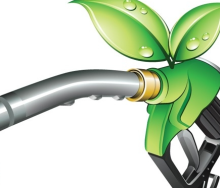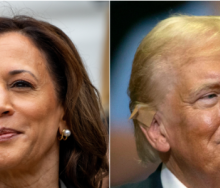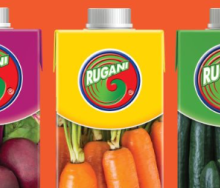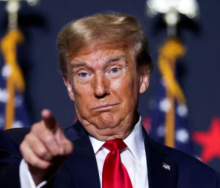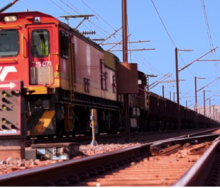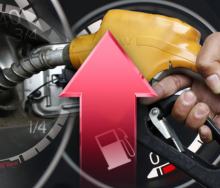The price-point competition that a well-known European truck brand is seeing from Chinese rivals in the market is mitigated by its premium brand status, guaranteeing road-freight reliability over risk-prone affordability, the original equipment manufacturer (OEM) believes.
According to a senior representative for the truck make in South Africa, their units are better suited for Africa’s robust road requirements, despite the price appeal of cheaper brands from China.
“They have aggressively targeted the African market through buy-back offers to gain market share.”
He said although it had worked for them, he could not see how it was sustainable.
“They’ve grown so fast the network required to service trucks across the region is not keeping pace. Buy-backs also place a contingent liability on your balance sheet and you have to make provision for that in two to three years. It’s simply not our business model. We rely on a premium that may cost more but also resells for a lot more, and that’s what clients want – second-hand quality.”
The representative said that in some parts of sub-Saharan Africa, such as the Kasumbalesa border between Zambia and the Democratic Republic of the Congo, the breakdowns of certain brands led to serious fleet concerns. Thinking they were saving money by investing in cheaper brands, some fleet operators would buy ten out of every 50 trucks just for spare parts.
“They have to sweat their assets, whereas we believe in longevity.”
He said the durability of their trucks had been proved through having clients that bought into the OEM’s focus on quality.
“Most clients want to see more than just a return on investments (ROI). They want trustworthy trucks and when they re-fleet they want to see some kind of ROI based on a truck’s ability to handle our conditions.”
He said the OEM had specifically noted interest in the market in through its decarbonisation innovations, a consumption treatment that drove CO₂ emissions down by as much as 10%.
“From fleet managers' point of view, there is a major drive towards sustainability. That’s why they are buying our Euro 5-standard trucks because it helps with their sustainability targets.”
One of their clients, he said, ran a fleet of about 400 of their trucks.
In August 2025, the OEM intends to launch a new range that, according to the representative, will add 8% on top of the emission reductions of older-range trucks.
“So, yes, a premium brand may cost more, but in the long term, you save. We look at the total cost of ownership of our clients and, based on running expenses and diesel consumption, their financing shows a premium catch-up in the first year of owning one of our trucks.
* This post was updated, as requested by the particular OEM involved, on October 11.
